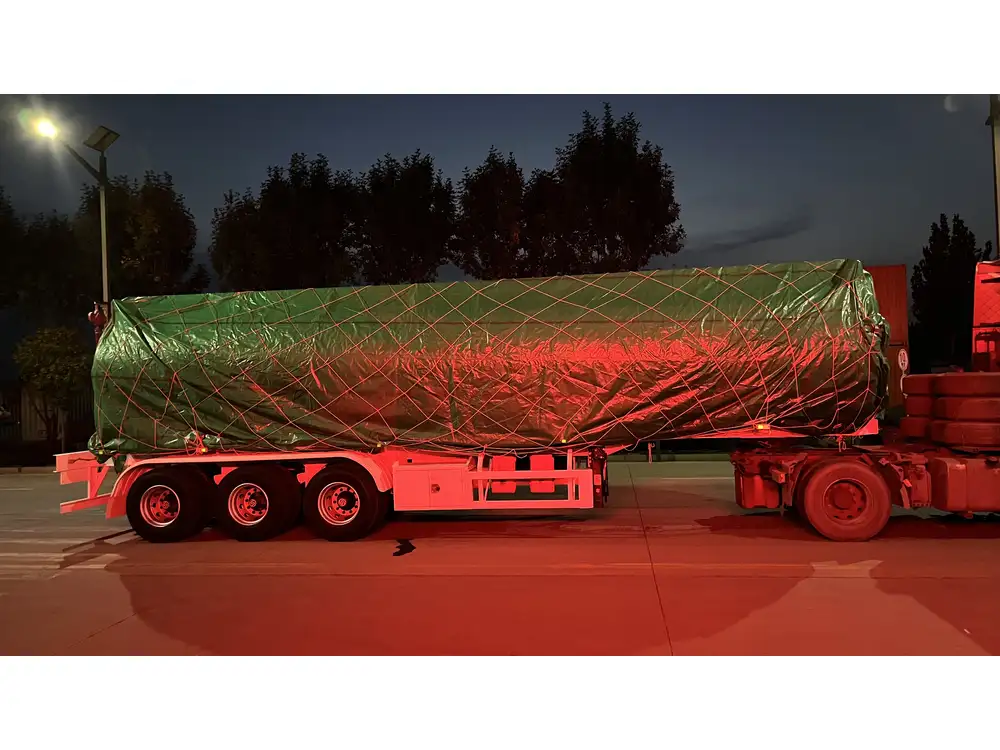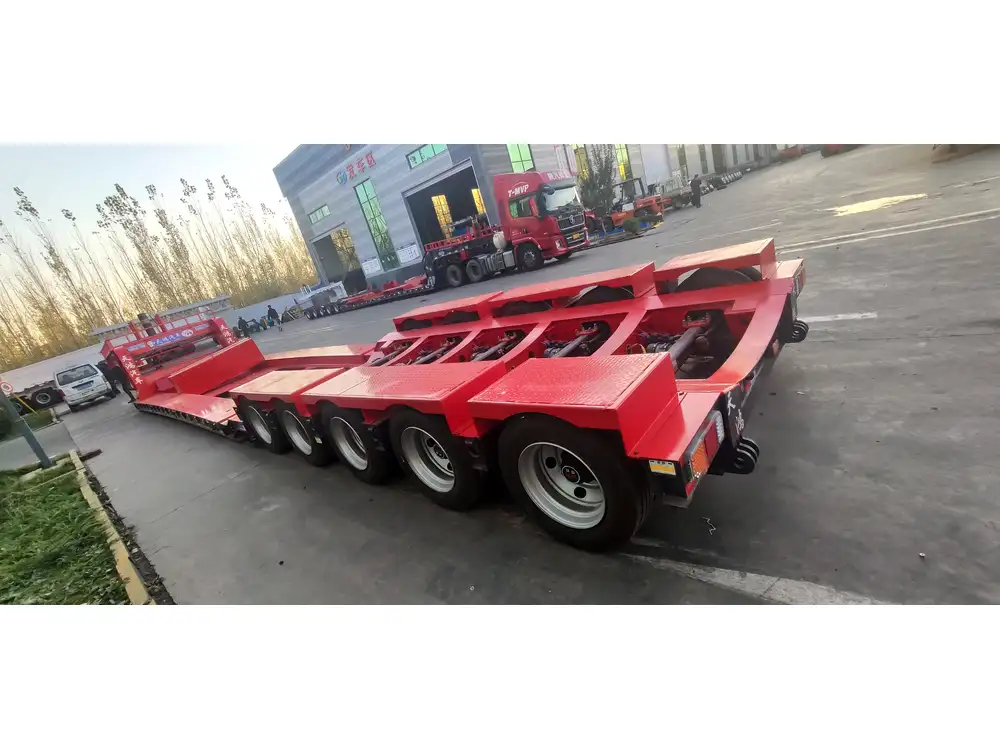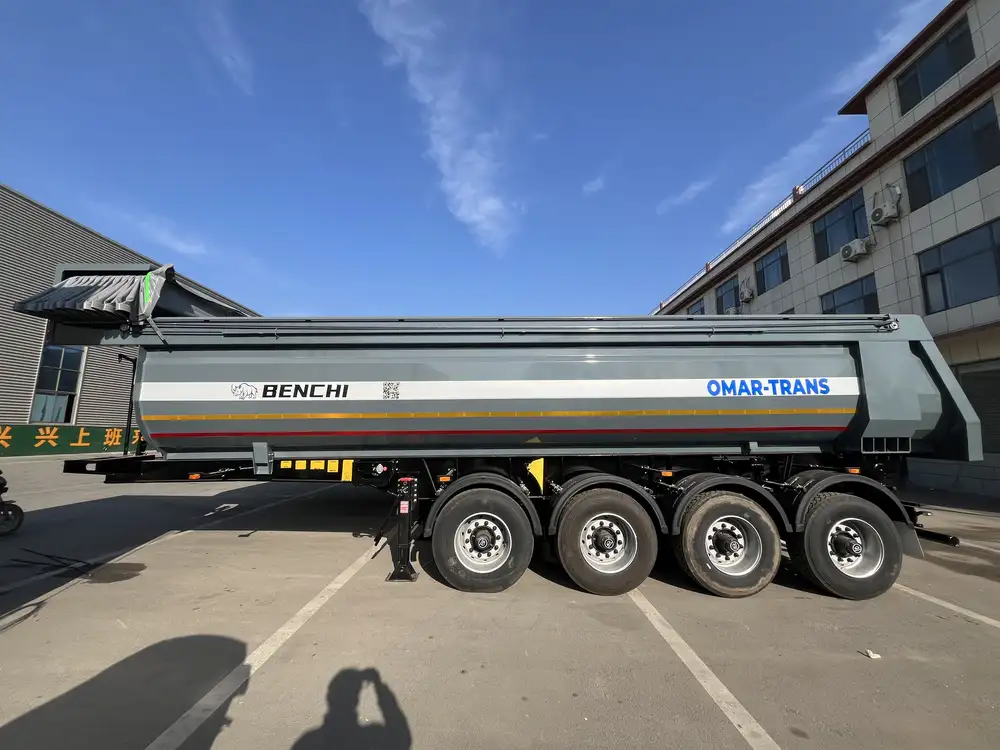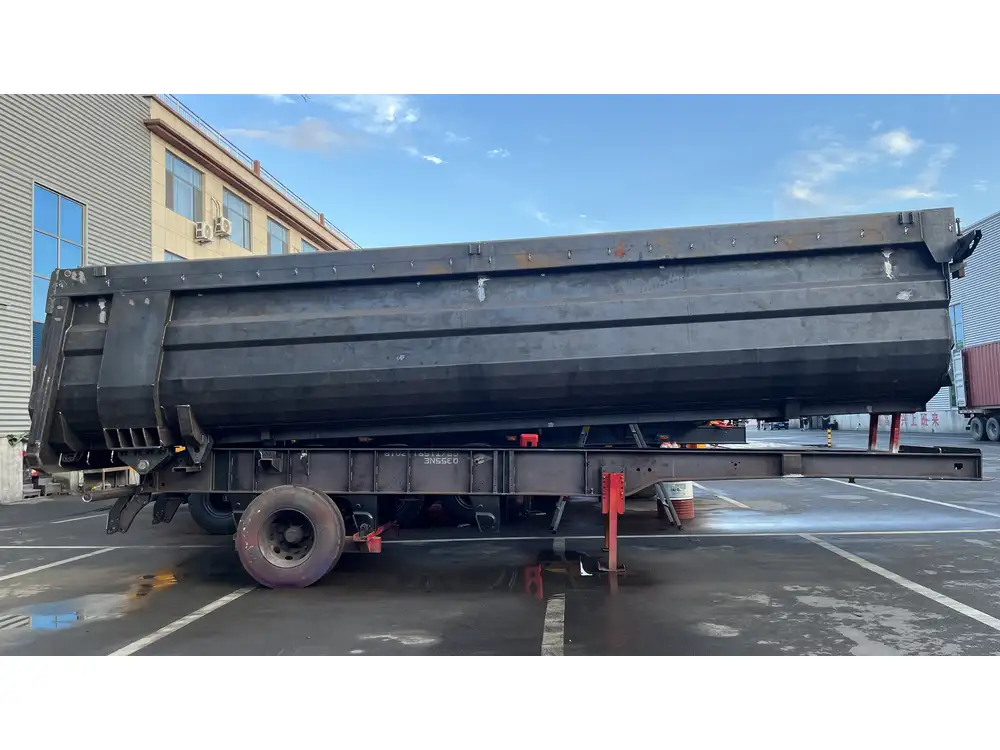In today’s versatile transportation landscape, the ability to repurpose equipment for different uses has become increasingly desirable. One such transformation that holds practicality and economic viability is converting a boat trailer into a flatbed trailer. Whether you’re looking to haul equipment, materials, or simply seeking a solution for unexpected transport needs, understanding how to execute this conversion effectively can save time, money, and enhance utility.
Understanding the Basics of Boat and Flatbed Trailers
1. Design and Construction
- Boat Trailers: Primarily designed to support the hull of a boat, these trailers often feature a bunk-style or roller setup that facilitates ease of loading and unloading while maintaining the boat’s stability during transport.
- Flatbed Trailers: Characterized by a flat, open bed, these trailers offer significant surface area without sides or a top. They offer versatility in transporting cargo that doesn’t require the protection of walls.

2. Weight Distribution and Load Capacity
- Load Capacity: The load capacity of boat trailers often varies; thus, it’s essential to understand the trailer’s weight rating. Ensure that it complies with the context of flatbed usage.
- Weight Distribution: Proper weight distribution is crucial in both types of trailers; improper loading can lead to swaying, especially at high speeds.
Tools and Materials Needed for Conversion
Before embarking on the conversion journey, ready the following tools and materials:
| Tools | Materials |
|---|---|
| Drill and Drill Bits | Flatbed Frame (Wood or Steel) |
| Wrenches and Sockets | Steel Angle Iron |
| Measuring Tape | Plywood Sheets |
| Electric Saw or Hacksaw | Anti-Slip Coating (Optional) |
| Safety Gear (Gloves, Goggles) | Paint (for rust protection) |
Safety First
Always prioritize safety. Wear protective gear while working, especially when handling heavy materials or power tools.

Step-by-Step Guide to Convert a Boat Trailer into a Flatbed Trailer
Step 1: Assess the Boat Trailer Structure
Evaluate the current structure of the boat trailer. Inspect critical parts like the frame integrity, axles, tires, and suspension to ensure they can support the weight and type of cargo planned for the flatbed.
Step 2: Measure and Plan
Measure the dimensions of the trailer and the desired flatbed size. Create a blueprint for the flatbed structure, considering how much weight you plan to carry. Remember to allow for the trailer hitch height and make sure your new design doesn’t exceed the trailer’s overall capacity.

Step 3: Disassemble Existing Components
Remove all unnecessary components, such as the bunks or rollers, that are not essential for the flatbed design. This step could involve unbolting parts and laying them aside for future use or recycling.
Step 4: Construct the Flatbed Surface
Choosing the Right Material: Select robust materials like plywood or steel for the flatbed. Steel is more durable but heavier; plywood provides a lighter option but may not withstand heavy loads over time.
Building the Frame:
- For wooden flatbeds, build a frame using lumber and then attach the plywood on top.
- For steel construction, use angle iron to create a rectangular frame suited to the width of your trailer.
Securing the Surface: Use screws or welds to secure the plywood or steel sheets tightly to the frame to avoid any shifting during transport.
Step 5: Reinforce the Structure
To guarantee durability, reinforce the flatbed by:
- Adding cross supports underneath the surface.
- Ensuring the support can handle not just weight but also vibration and movement while being towed. This reinforcement will significantly assist in preventing sagging, especially with significant loads.

Step 6: Install Tie-Down Points
Securely install tie-down points to maintain stability when transporting cargo. To do this:
- Use D-rings or tie-down straps.
- Position them strategically along the sides of the flatbed, ensuring that they can hold loads securely without damaging the cargo itself.
Step 7: Finalize the Conversion
Once the flatbed surface and tie-down points are installed, review the entire structure. Make sure all connections are tight, the weight distribution is balanced, and the height is appropriate for your vehicle receiver.
Step 8: Paint and Protect
To prevent rust and deterioration:
- Clean the trailer surface thoroughly.
- Use a suitable anti-rust primer and paint to coat metal sections.
- Apply an anti-slip coating on the flatbed surface for safely loading and unloading cargo.

Step 9: Conduct a Test Run
Before full utilization, conduct a test run. Load the flatbed to capacity and tow it for a short distance, monitoring for any signs of instability or shifting. Adjust as needed based on performance.
Common Issues to Anticipate
1. Weight Capacity Conflicts
- Issue: Users often exceed the trailer’s weight rating during the flatbed use, risking trailer integrity and safety.
- Solution: Always verify the weight rating of your trailer and adhere strictly to it.

2. Improper Weight Distribution
- Issue: Unevenly distributed loads can lead to trailer swaying.
- Solution: Balance loads evenly across the flatbed, and often load heavier items toward the front of the trailer.
3. Tire Pressure Concerns
- Issue: A flatbed trailer may have its tires under additional load or pressure.
- Solution: Regularly check tire pressure and condition to prevent blowouts.
4. Visibility Issues When Towing
- Issue: Larger loads obstruct rear view, complicating navigation and turns.
- Solution: Use mirrors or cameras designed for towing to maintain visibility.

Advantages of Converting Boat Trailers to Flatbed Trailers
1. Cost Efficiency
Repurposing a boat trailer avoids the high costs associated with purchasing a new flatbed trailer.
2. Versatility
Transformed trailers can serve multifaceted roles, providing options for will call deliveries, equipment transport, or moving other items.

3. Simplified Storage
A flatbed trailer can manage larger items simply, offering easier loading and unloading solutions.
4. Enhanced Resale Value
Should you decide to sell your trailer, a converted flatbed may attract a broader range of buyers due to its enhanced utility.
Conclusion: Embracing Versatile Transportation Solutions
Transforming a boat trailer into a flatbed trailer requires careful planning and execution, yet the final product yields numerous benefits that can greatly enhance your transportation capabilities. With attention to safety, structural integrity, and compliance with weight standards, this conversion not only saves resources but also offers a practical solution tuned to modern demands.
Understanding the nuances of both trailer types allows you to create a hybrid solution that is not only effective but tailored to your specific transport needs. Invest time in assessing your requirements and approach the conversion process systematically, ensuring that your newly minted flatbed trailer serves you reliably for many years to come.



